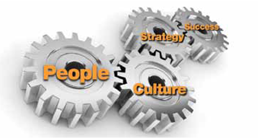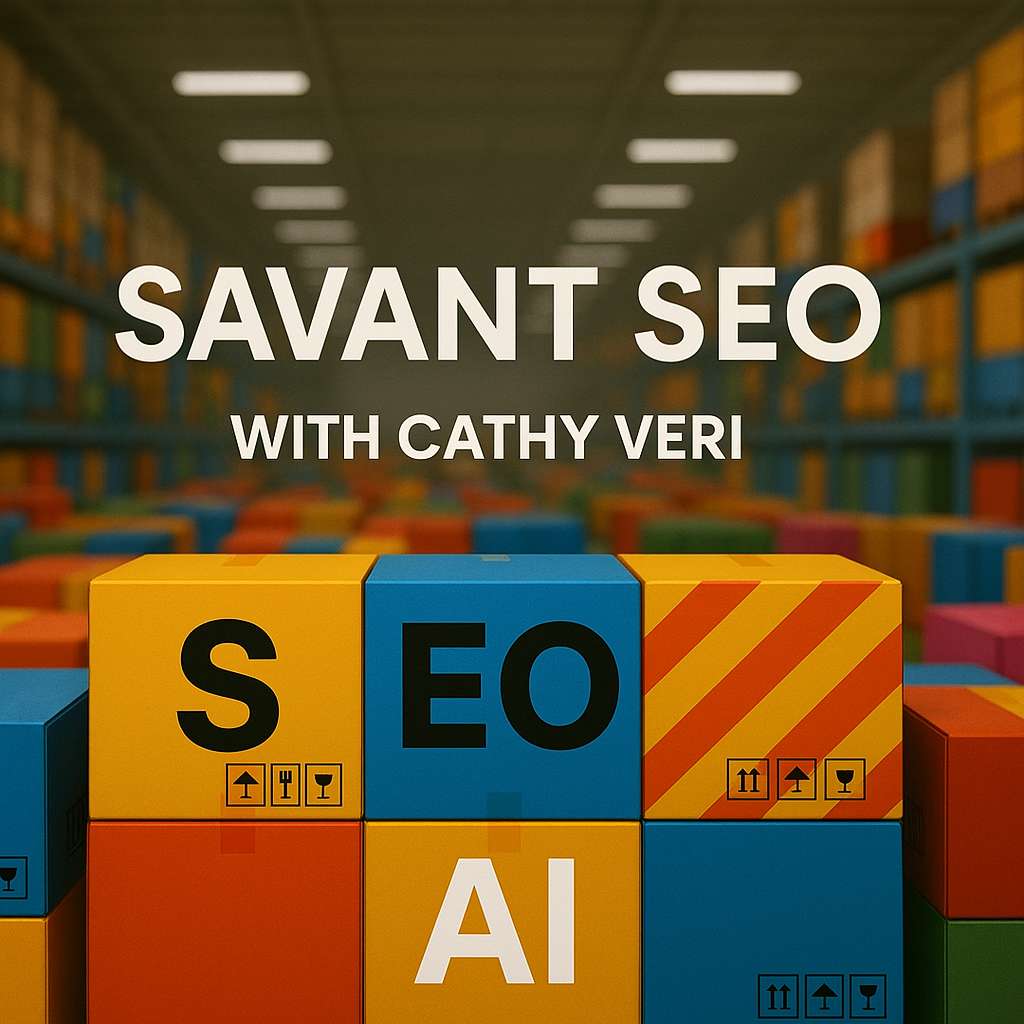The Power of People
By Larry Davis, President, ORS Nasco
 Much has been written on the subject of talent in an organization and generally that leads to a discussion about culture. Merriam-Webster’s most relevant definition is “the set of shared attitudes, values, goals and practices that characterizes an institution or organization.” The definition seems right, yet we all know there is so much more to it than that. There is an intangible component to culture and talent that we try to understand and bring into our organizations, and at least in my experience, that is much easier said than done. At ORS Nasco, we believe that people are our only sustainable competitive advantage and that makes our culture critical to long-term success. Here is how we look at it.
Much has been written on the subject of talent in an organization and generally that leads to a discussion about culture. Merriam-Webster’s most relevant definition is “the set of shared attitudes, values, goals and practices that characterizes an institution or organization.” The definition seems right, yet we all know there is so much more to it than that. There is an intangible component to culture and talent that we try to understand and bring into our organizations, and at least in my experience, that is much easier said than done. At ORS Nasco, we believe that people are our only sustainable competitive advantage and that makes our culture critical to long-term success. Here is how we look at it.
First and foremost, alignment is essential. It seems obvious, but the real question is “aligning around what?” In his TED talk: “How Great Leaders Inspire Action” Simon Sinek challenges us to understand our ‘Why.’ Most people in an organization understand what they are going to do (strategy) and how they are going to do it (goals), but very few are connected to why a company exists in its very essence. The evidence suggests that those companies that have clear understanding and alignment as to why they exist: 1) outperform their peers financially, and 2) have a stronger and more loyal bond with their customers, associates and business partners that lead to sustainable performance.
The structure of a company’s culture needs to be clear and understandable. Common components of a cultural structure are mission, vision and values that create a framework for the team to operate within. Or said another way, culture is a common language and agreement as to how a company’s associates will behave, treat one another and communicate.
The credibility of the company’s culture determines whether culture becomes a powerful enabling force or just words on paper. Does your company evaluate your talent on their cultural performance? Do the business leaders demonstrate cultural values in their decisions and behaviors? Does your team believe you when you communicate with them? Credibility is what makes a culture real. No company or individual will ever be perfect in living the company’s culture, so an ongoing focus on credibility is critical to increase the frequency and precision of cultural performance.
The best cultures have integrity. When we say integrity, we mean this: are you willing to operate in reality and remain committed to having real conversations. We must ensure we are seeing things as they are rather than how we would like them to be. We must pursue a real dialogue so all issues get put on the table and resolved, rather than leaving the real issues unsaid and unresolved. We need to approach direct conversations with sincerity (defined as being honest without the intent to do harm) and a commitment to mutual success.
The measurements you track as an organization drive the behavior of your team. To have an effective culture you need to measure the organization’s ability to live up to its culture commitments. This requires creating a feedback-rich environment that facilitates a clean view of the company’s cultural performance. We employ a wide range of tools from blind surveys (for those whose trust we have not fully earned yet) to direct feedback sessions (for those who are more than willing to tell us what we are doing wrong) to gauge how it feels to be part of our organization and to make adjustments to our approach.
While the culture of an organization is a result of the collective behavior of the team, the impact of culture extends far outside the walls of a business. Culture influences how your customers, suppliers and associates view your organization and ultimately represents what it feels like to do business with your company. The power of any organization resides with its people, and culture manifests itself through their commitment to a common set of values and behaviors, and ideally, a clear understanding of why they exist. If people truly are the only source of sustainable competitive advantage, then
establishing a strong core culture is the most significant challenge we face as leaders.
 Larry Davis is president of ORS Nasco. Visit www.orsnasco.com to learn more.
Larry Davis is president of ORS Nasco. Visit www.orsnasco.com to learn more.
This article originally appeared in the March/April 2014 issue of Industrial Supply magazine. Copyright 2014, Direct Business Media.















